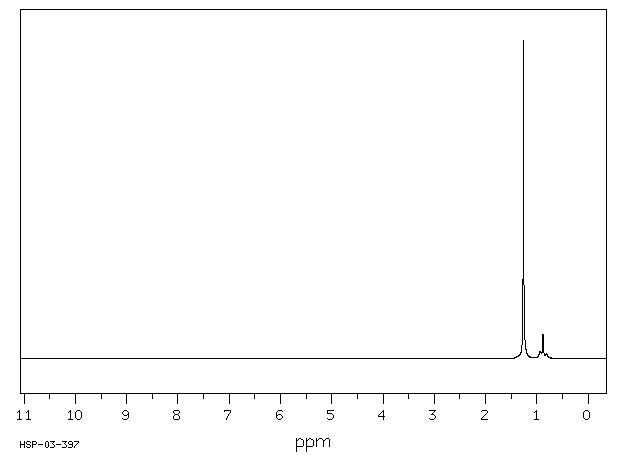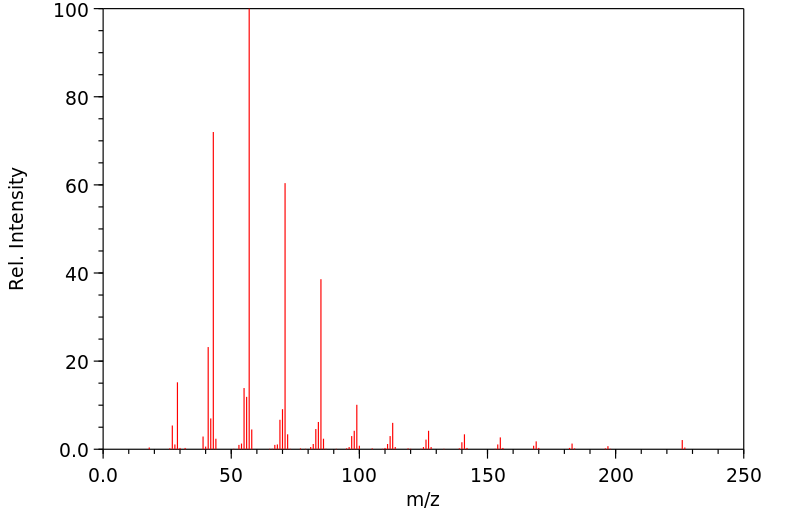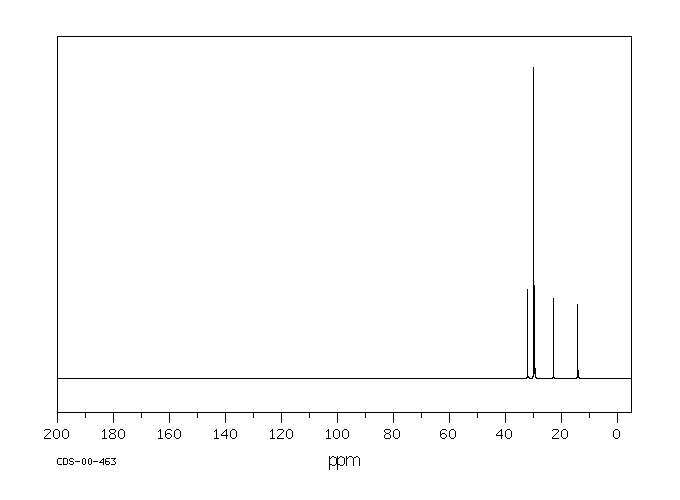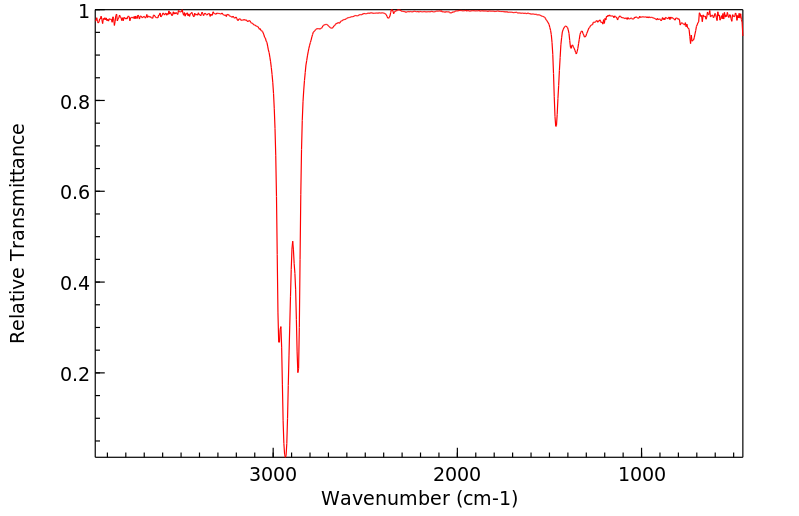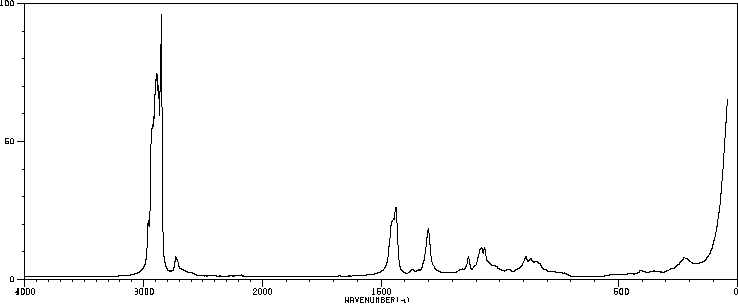毒理性
识别和使用:十六烷是一种无色液体。它被用作溶剂、有机中间体,以及柴油燃料的点火标准。它也用于生产洗涤剂。人类暴露和毒性:急性暴露于十六烷会导致刺激、中枢神经系统抑制和胃肠道刺激。动物研究:在十六烷诱导的无毛大鼠皮肤的表皮增生期间,测量了包括鸟氨酸脱羧酶活性(ODC)和组织多胺水平在内的几个生化参数。动物在第一天接受了200微升纯n-十六烷的三次涂抹。ODC活性和表皮中的多胺水平(腐胺、精胺和精胺)显著增加,并在n-十六烷治疗开始后12小时达到最大升高,DNA合成在24小时达到峰值。组织学研究证实,在治疗开始后24小时出现显著的细胞水肿,48小时后出现表皮增生,72小时达到最大。在断奶仔猪中,它产生了红斑,在贴片移除后24小时完全解决。当十六烷被吸入肺部时,它是一种窒息剂。生态毒性研究:将贻贝幼虫(Mytilus edulis)暴露于10 ppm和50 ppm的十六烷,生长速率略有降低;在100 ppm观察到生长速率增加。
IDENTIFICATION AND USE: Hexadecane is a colorless liquid. It is used as a solvent, organic intermediate, ignition standard for diesel fuels. It is also used for the production of detergents. HUMAN EXPOSURE AND TOXICITY: Acute exposure to hexadecane causes irritation, CNS depression, and gastrointestinal tract irritation. ANIMAL STUDIES: Several biochemical parameters including ornithine decarboxylase activity (ODC) and tissue polyamine levels were measured during the hexadecane-induced epidermal hyperplasia of hairless rat skin. Animals received three applications of 200 uL pure n-hexadecane on day 1. ODC activity and polyamine levels (putrescine, spermidine and spermine) in the epidermis were significantly increased and reached maximum elevations at 12 hr after the start of n-hexadecane treatment with DNA synthesis peaking at 24 hr. Histological studies confirmed a significant cellular edema at 24 hr after the beginning of the treatment followed at 48 hr by an epidermal hyperplasia which was maximum at 72 hr. In vivo in weanling pigs it produced erythema, which was completely resolved after 24 hr of the patch removal. Hexadecane, when aspirated into the lungs, is an asphyxiant. ECOTOXICITY STUDIES: Exposure of mussel larvae (Mytilus edulis) to 10 ppm and 50 ppm hexadecane caused a slight reduction of growth rate; an increase in growth rate was observed at 100 ppm.
来源:Hazardous Substances Data Bank (HSDB)


